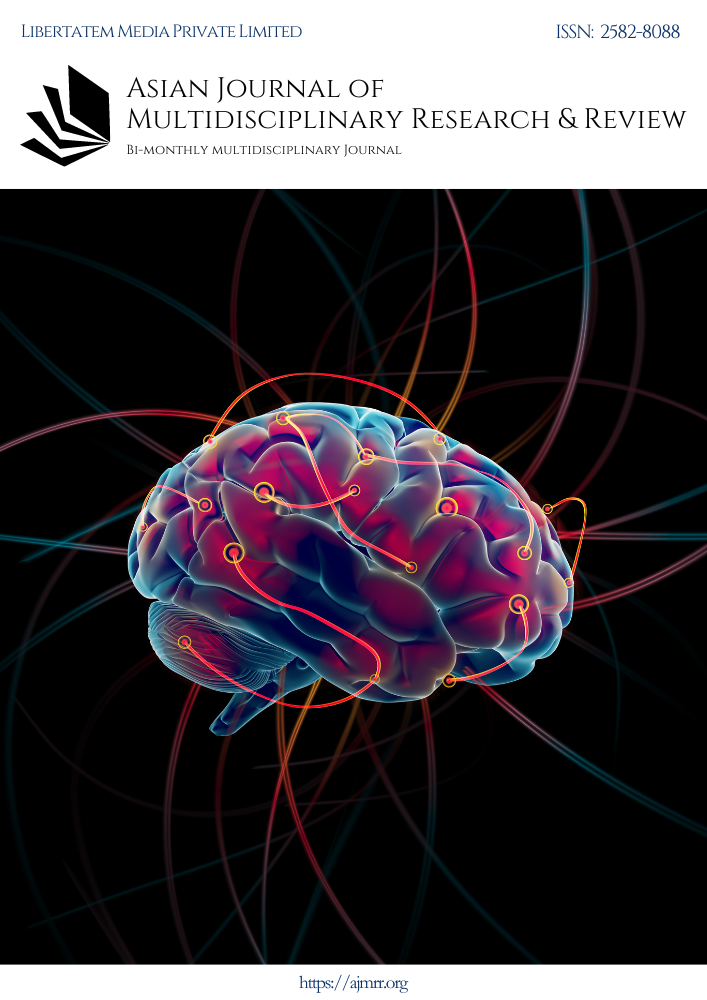Autonomous DevOps: Integrating RPA, AI, and ML for Self-Optimizing Development Pipelines
Keywords:
Autonomous DevOp, Robotic Process Automation (RPA)Abstract
The research explores the paradigm of Autonomous DevOps, which integrates Robotic Process Automation (RPA), Artificial Intelligence (AI), and Machine Learning (ML) technologies to create self-optimizing development pipelines. Through a mixed-methods approach encompassing case studies, surveys, interviews, and data analysis, the paper investigates the implementation, benefits, challenges, and future directions of Autonomous DevOps practices. The implementation of Autonomous DevOps enables organizations to automate routine tasks, optimize workflows, and proactively address potential issues in their development pipelines. By leveraging RPA, AI, and ML technologies, organizations can achieve greater efficiency, agility, and innovation in their software delivery processes. Case studies illustrate diverse approaches and strategies for implementing Autonomous DevOps across different organizations, highlighting the transformative impact on development practices. The paper identifies significant benefits of adopting Autonomous DevOps, including accelerated time-to-market, improved reliability, scalability, and resilience. However, challenges such as security, compliance, ethical considerations, and organizational culture must be addressed to realize the full potential of Autonomous DevOps. Future directions and opportunities for further research and innovation in Autonomous DevOps are also discussed, including the integration of DevSecOps principles, cloud-native technologies, edge computing, and DevOps-as-a-Service (DaaS) platforms. Through the research, we underscore the transformative potential of Autonomous DevOps in revolutionizing software development practices. By embracing automation, artificial intelligence, and machine learning, organizations can navigate the complexities of modern software development and drive digital innovation in an increasingly competitive and dynamic landscape.
Downloads
Downloads
Published
Issue
Section
License

This work is licensed under a Creative Commons Attribution-NonCommercial-ShareAlike 4.0 International License.
License Terms
Ownership and Licensing:
Authors of research papers submitted to the Asian Journal of Multidisciplinary Research & Review (AJMRR) retain the copyright of their work while granting the journal certain rights. Authors maintain ownership of the copyright and grant the journal a right of first publication. Simultaneously, authors agree to license their research papers under the Creative Commons Attribution-ShareAlike 4.0 International (CC BY-SA 4.0) License.
License Permissions:
Under the CC BY-SA 4.0 License, others are permitted to share and adapt the work, even for commercial purposes, as long as proper attribution is given to the authors and acknowledgment is made of the initial publication in the Asian Journal of Multidisciplinary Research & Review. This license allows for the broad dissemination and utilization of research papers.
Additional Distribution Arrangements:
Authors are free to enter into separate contractual arrangements for the non-exclusive distribution of the journal's published version of the work (e.g., posting it to institutional repositories or publishing it in books), provided they acknowledge the initial publication of the work in the Asian Journal of Multidisciplinary Research & Review.
Online Posting:
Authors are encouraged to share their work online (e.g., in institutional repositories or on personal websites) both prior to and during the submission process to the journal. This practice can lead to productive exchanges and greater citation of published work.
Responsibility and Liability:
Authors are responsible for ensuring that their research papers do not infringe upon the copyright, privacy, or other rights of any third party. The Asian Journal of Multidisciplinary Research & Review disclaims any liability or responsibility for any copyright infringement or violation of third-party rights in the research papers.



